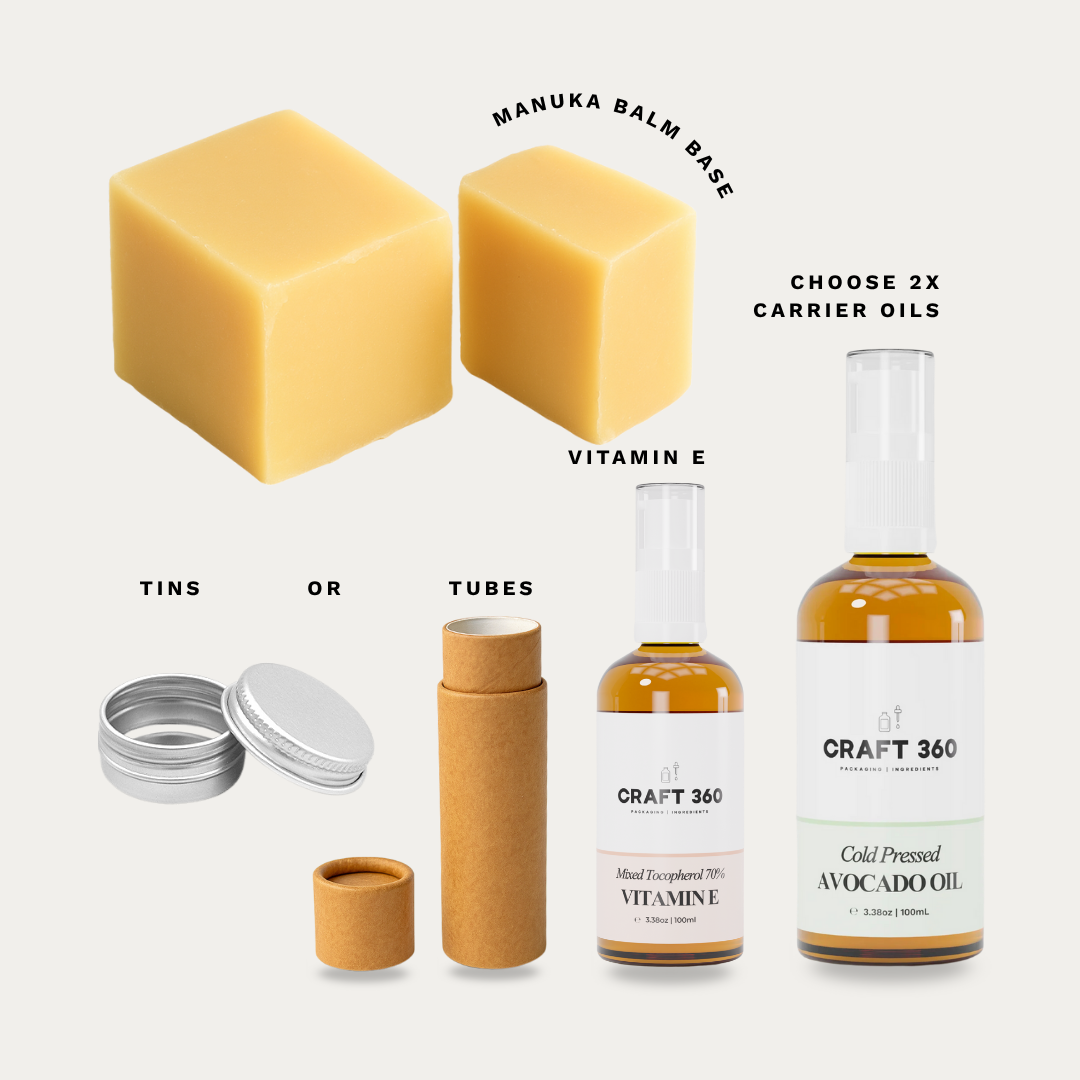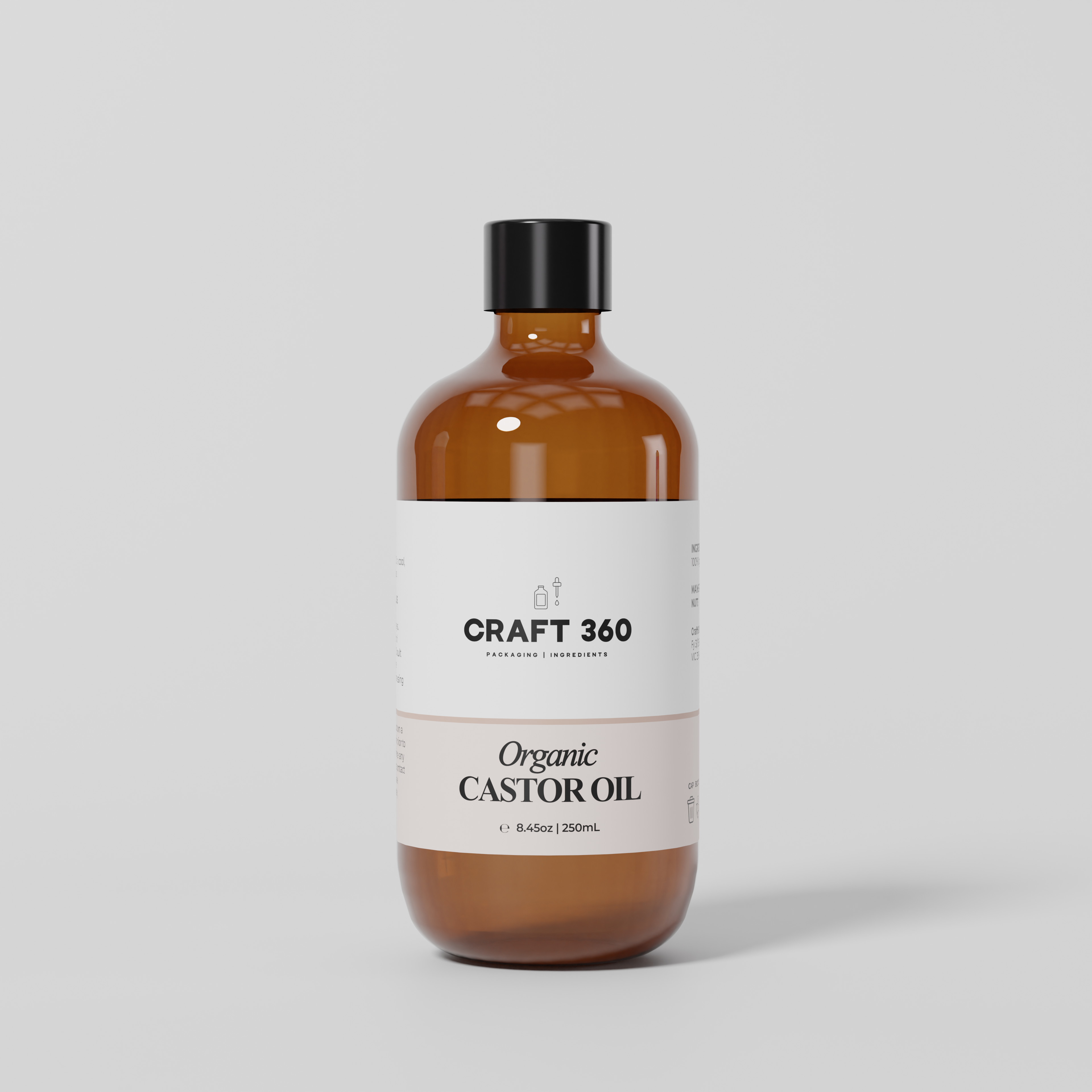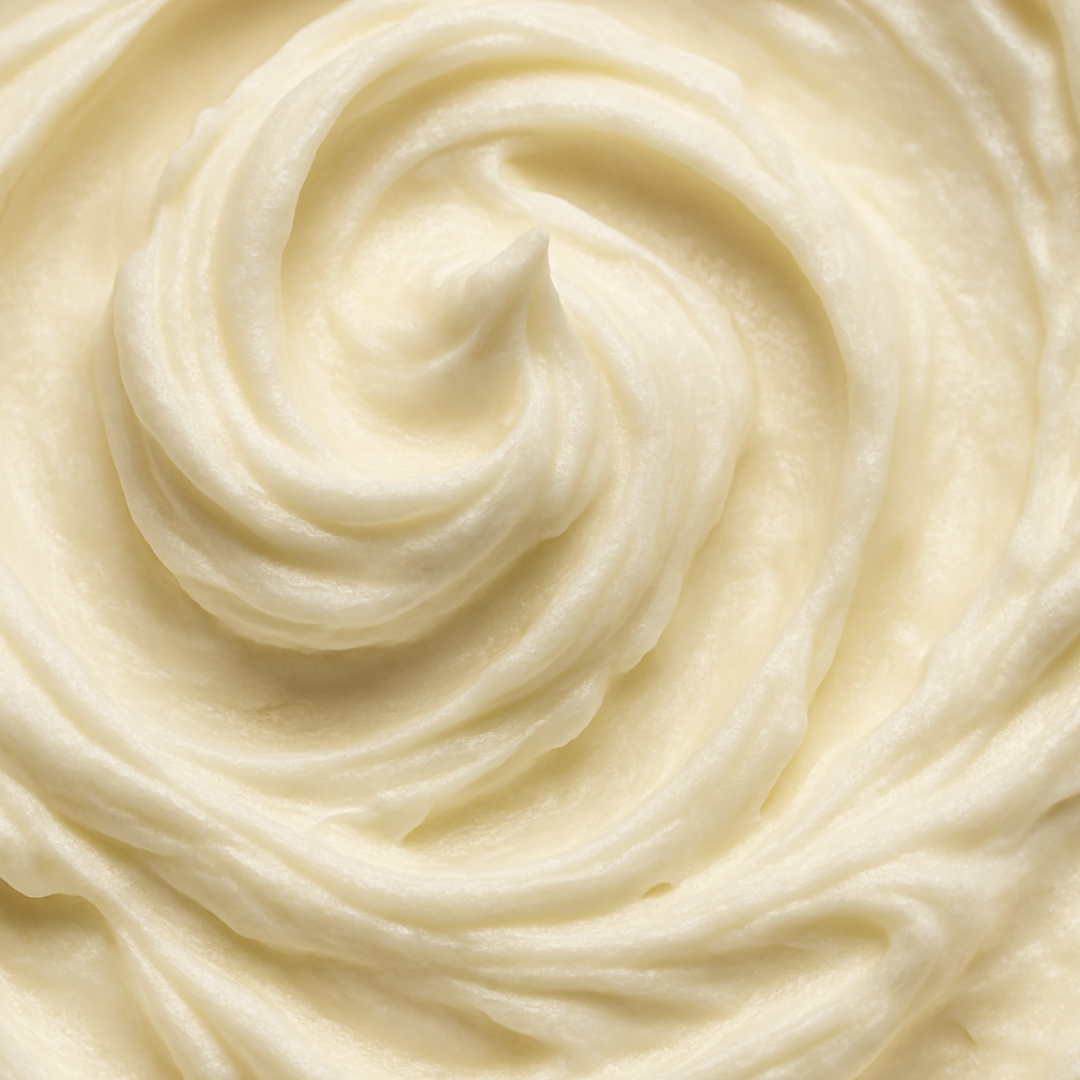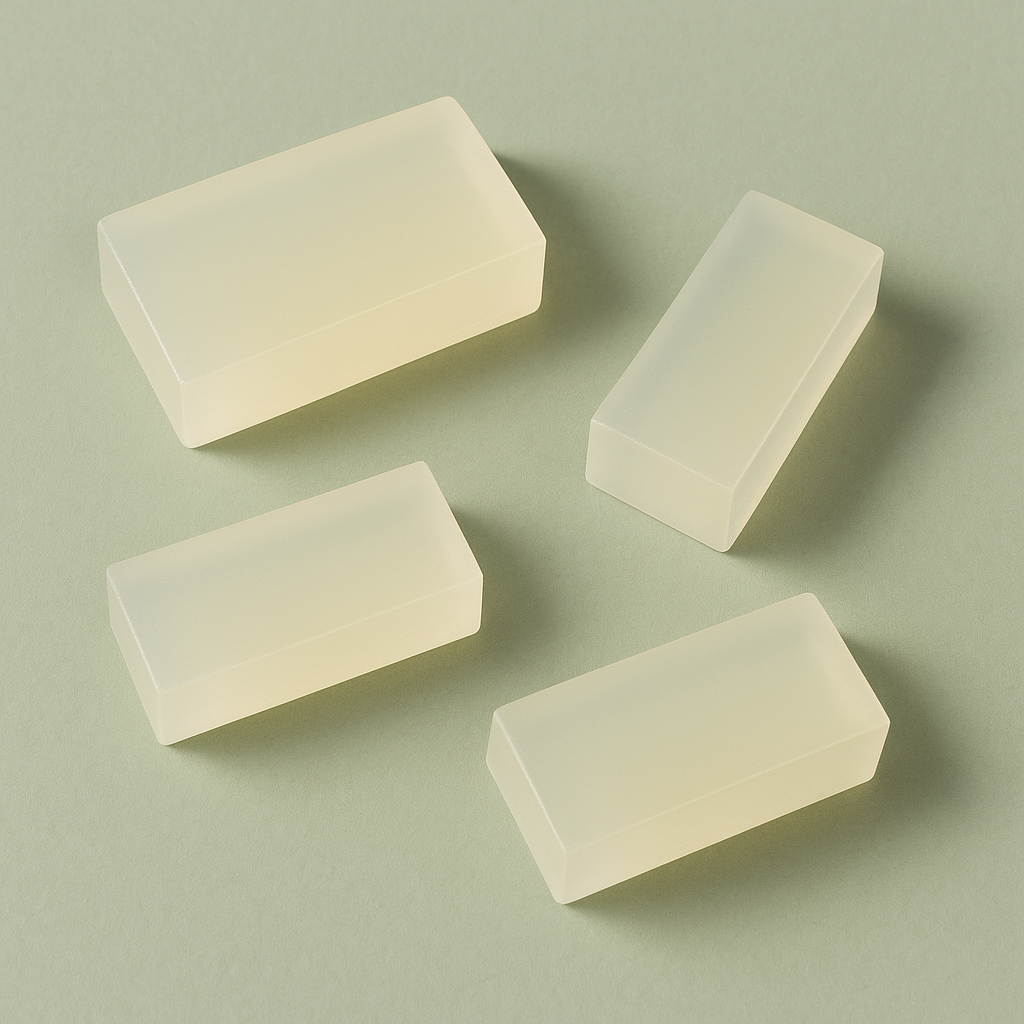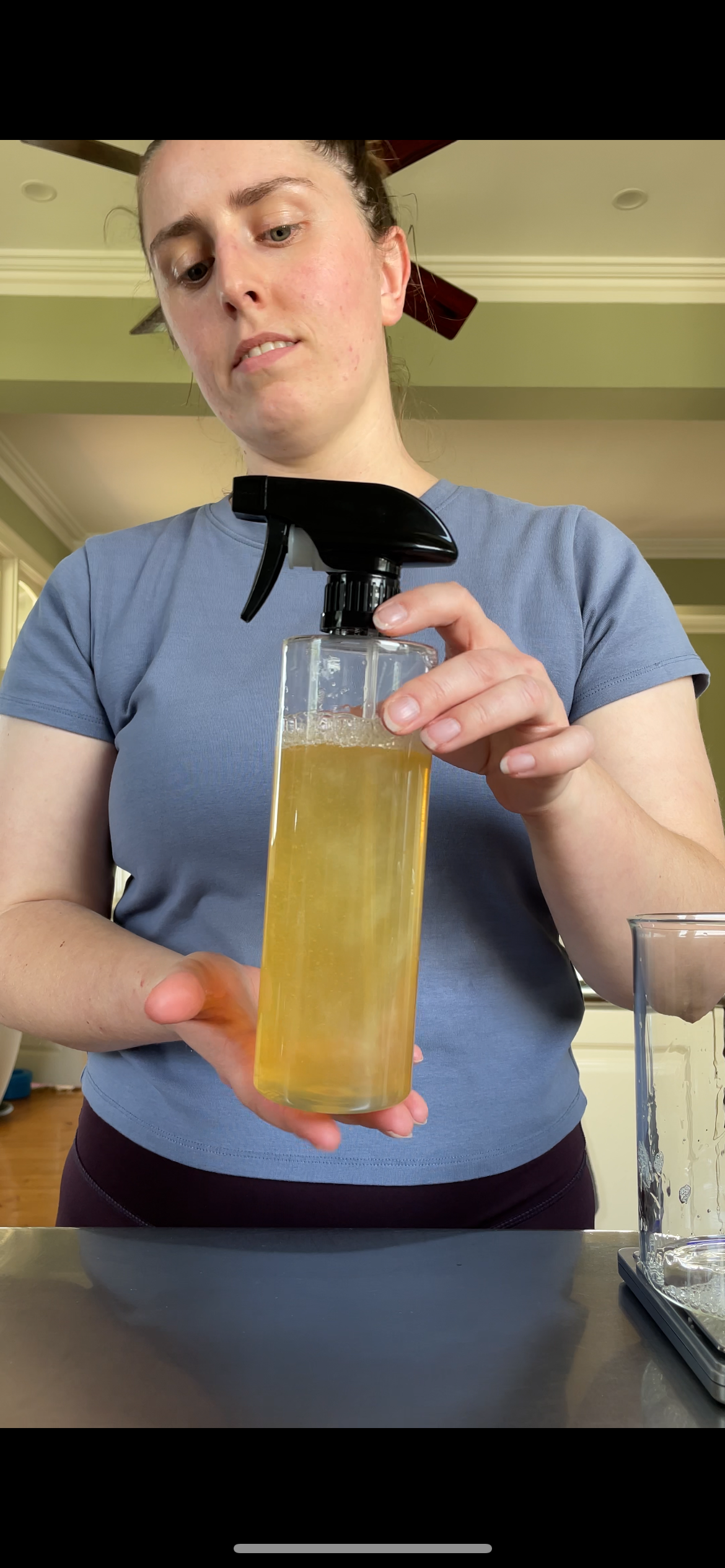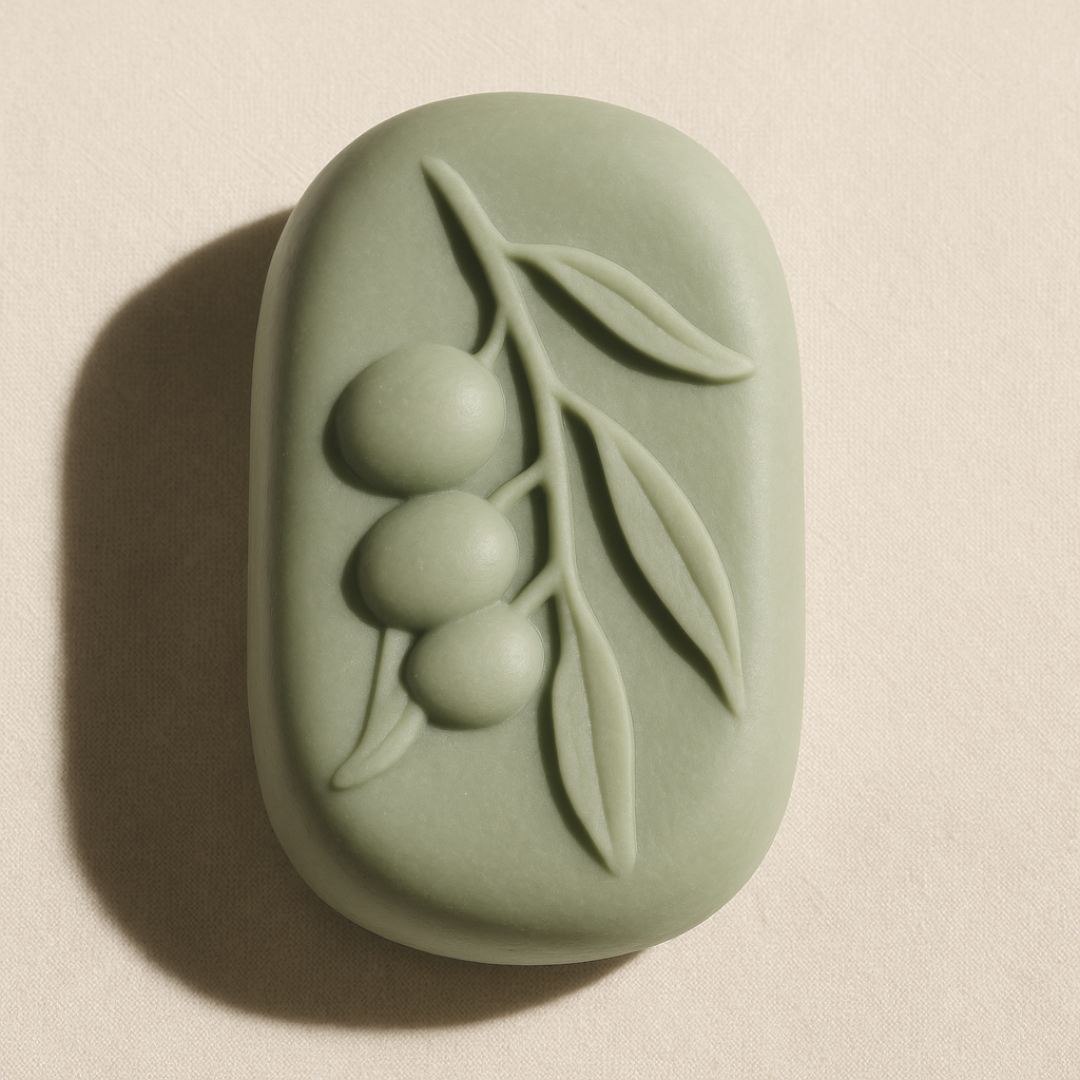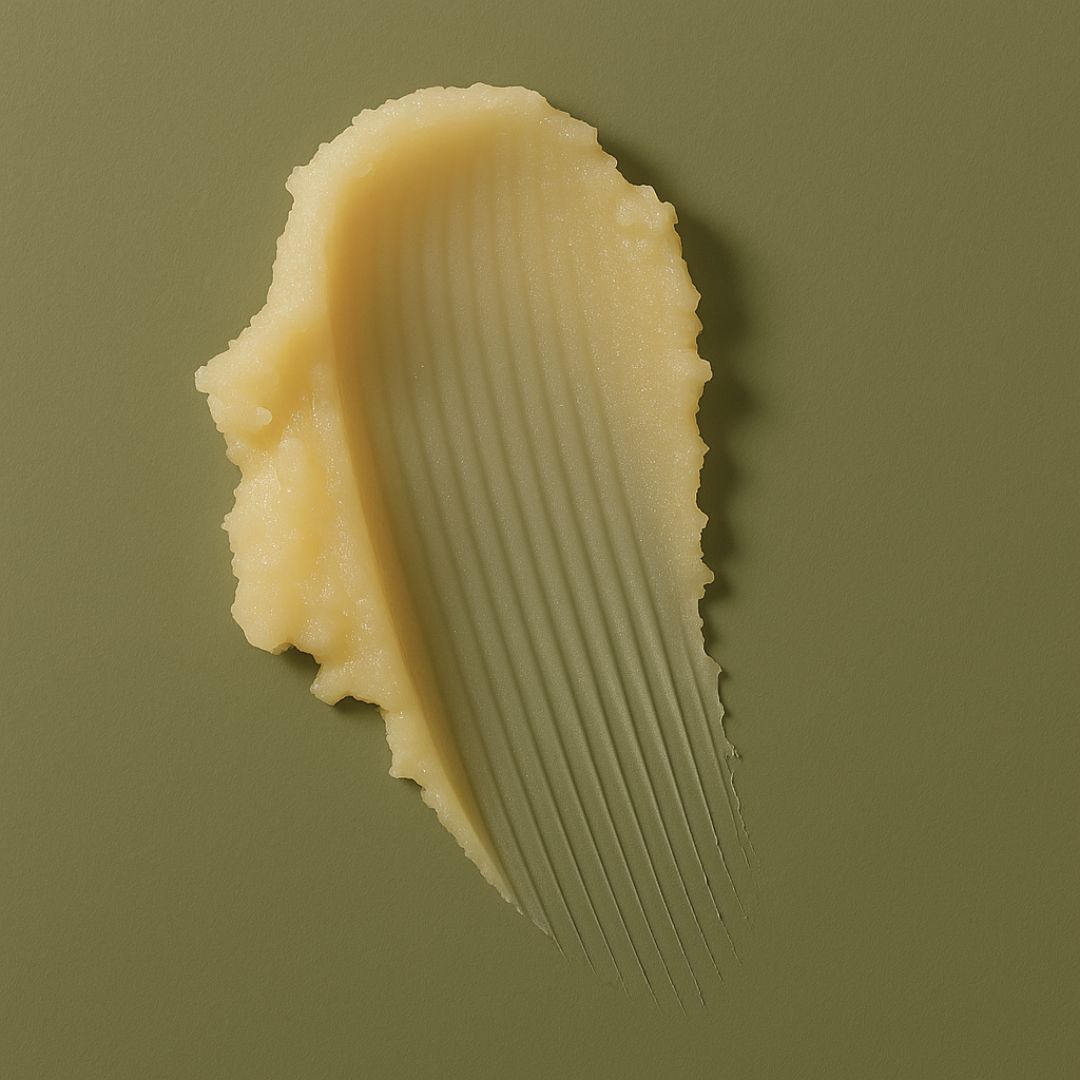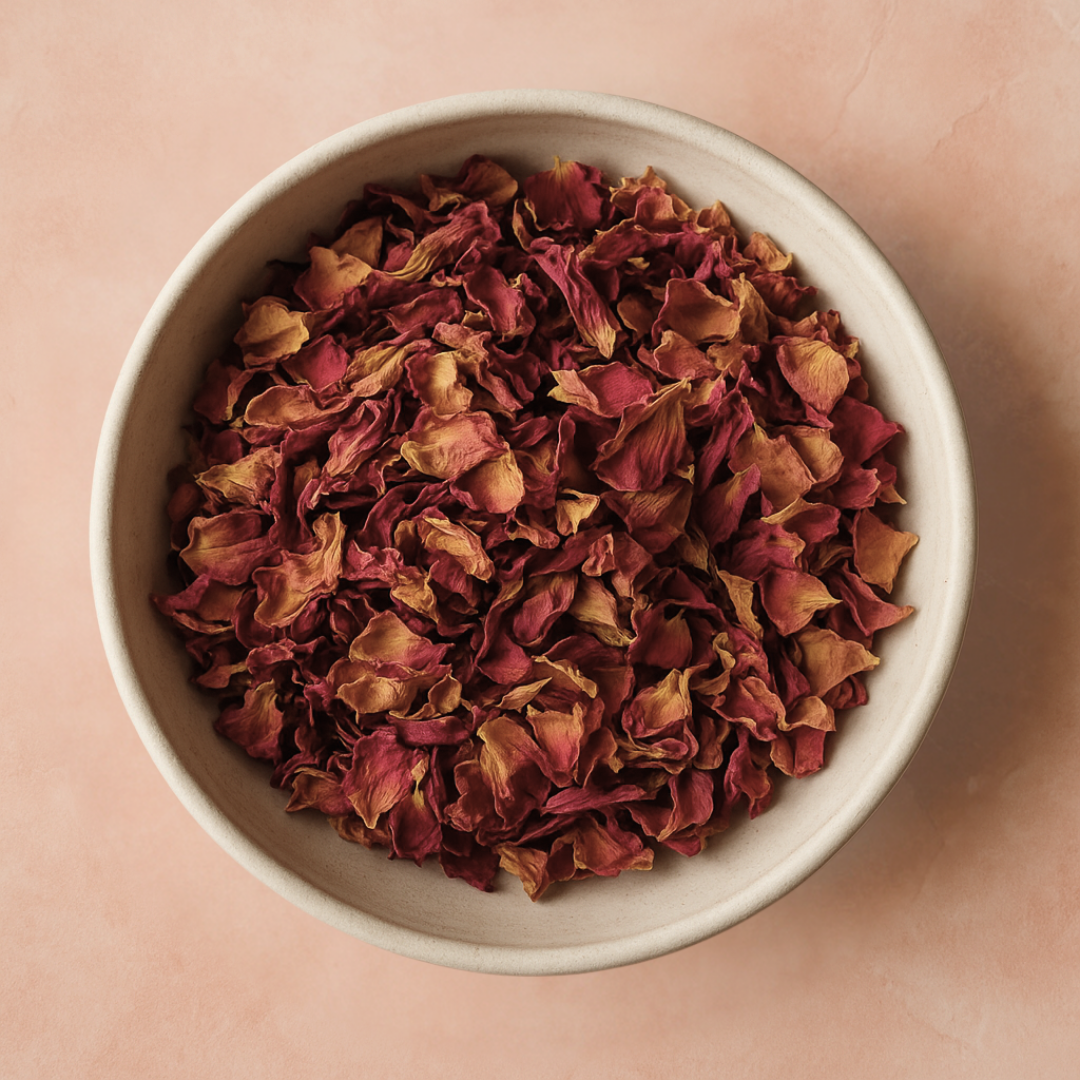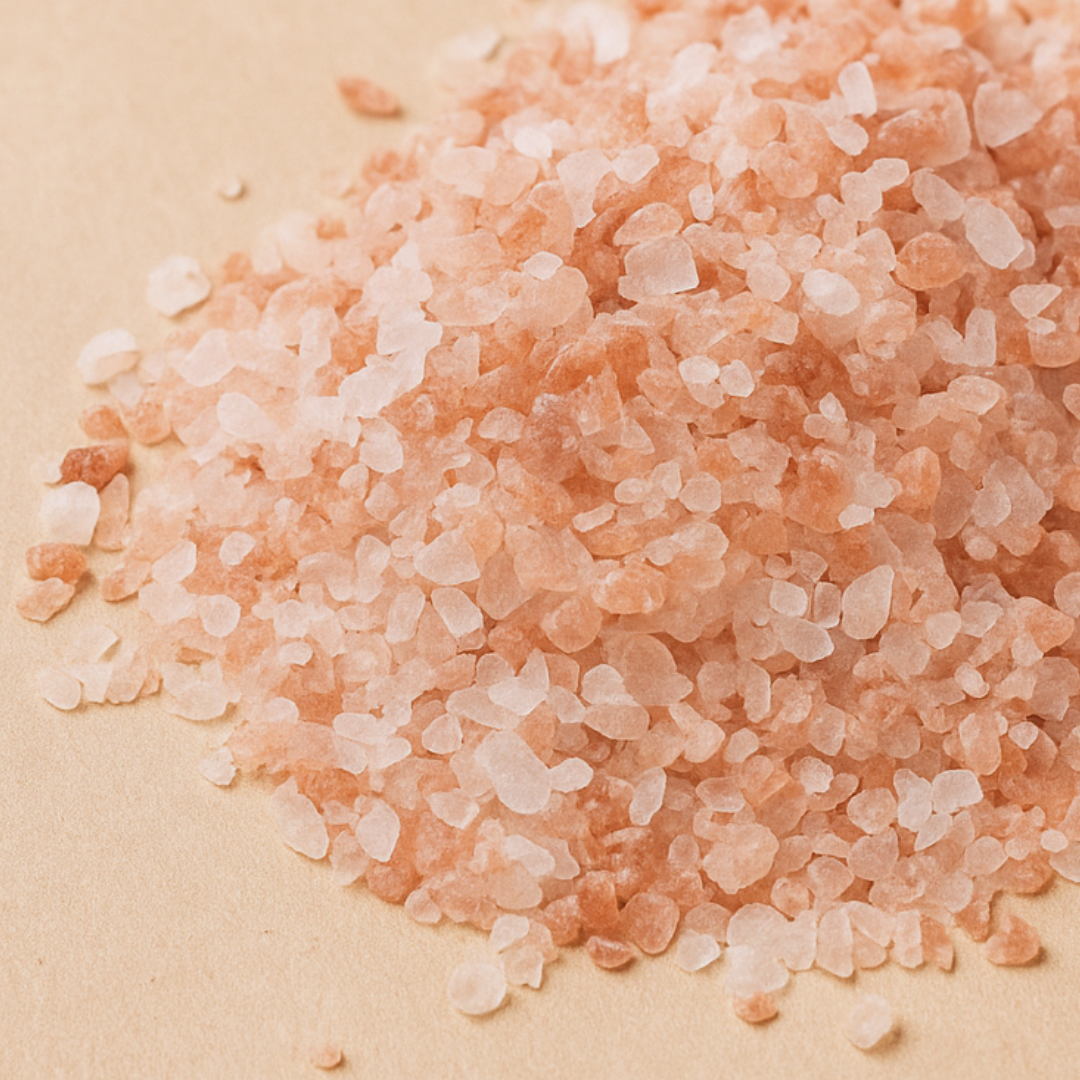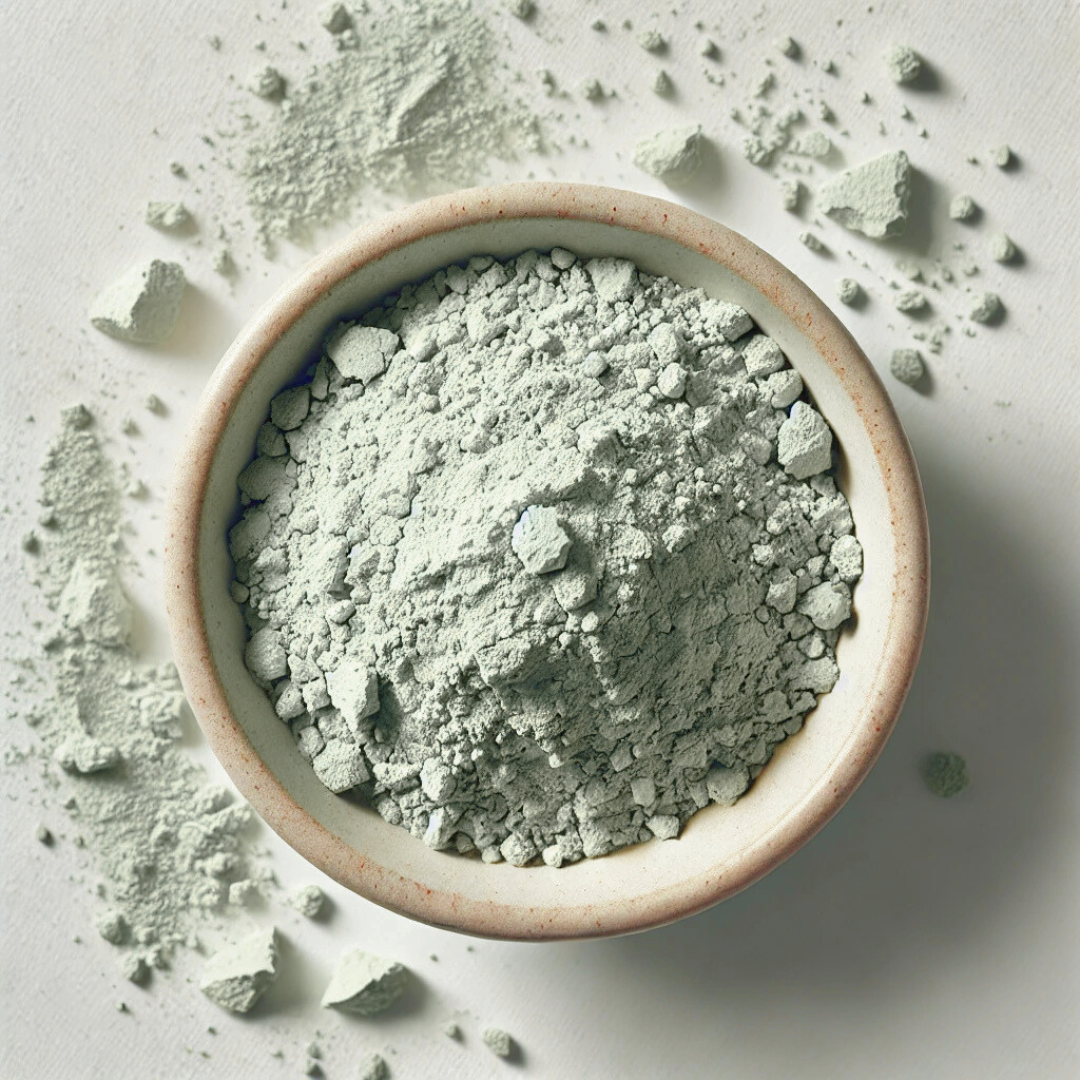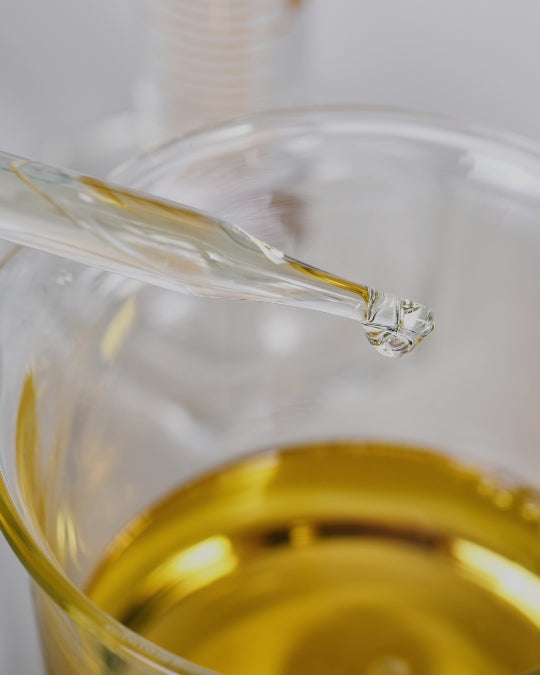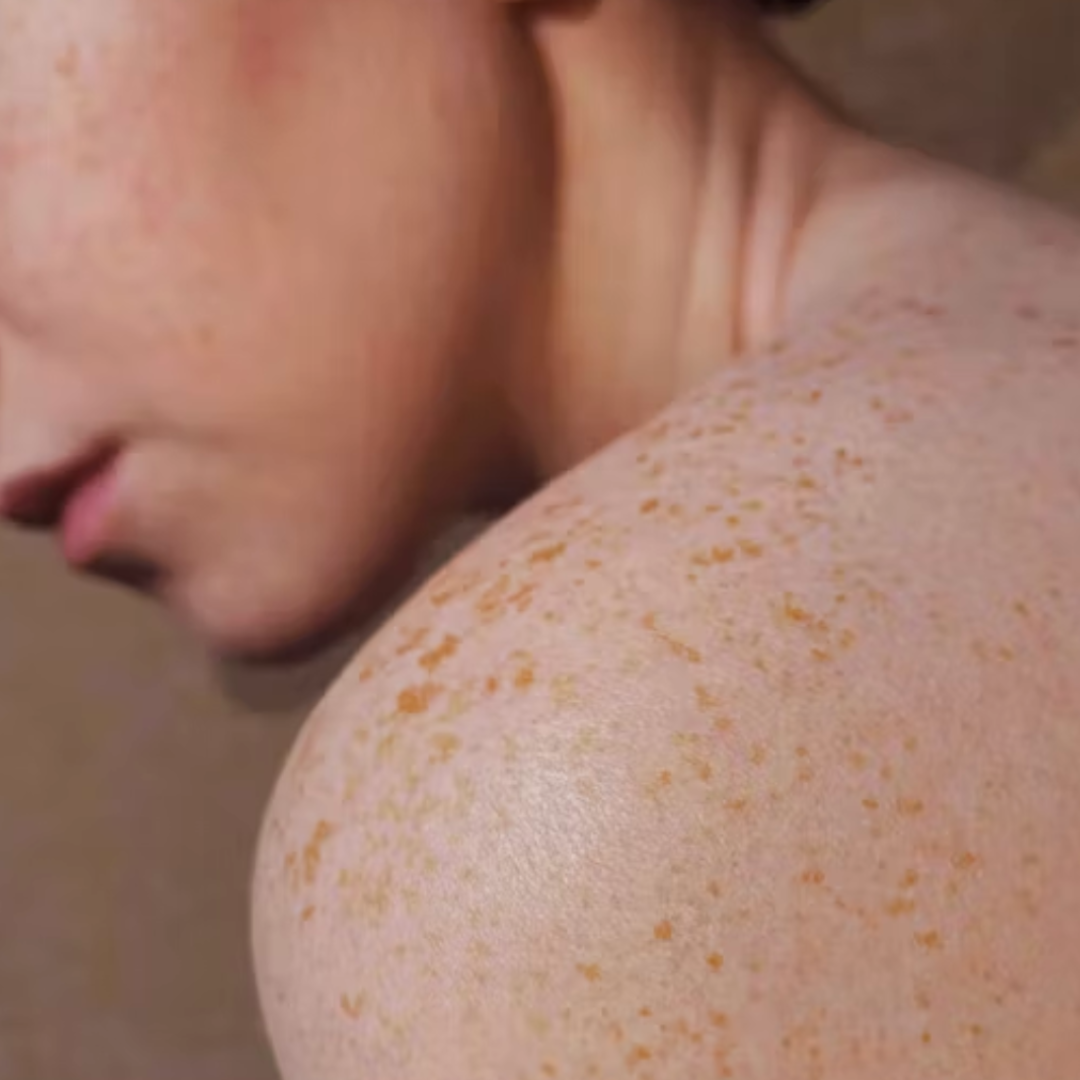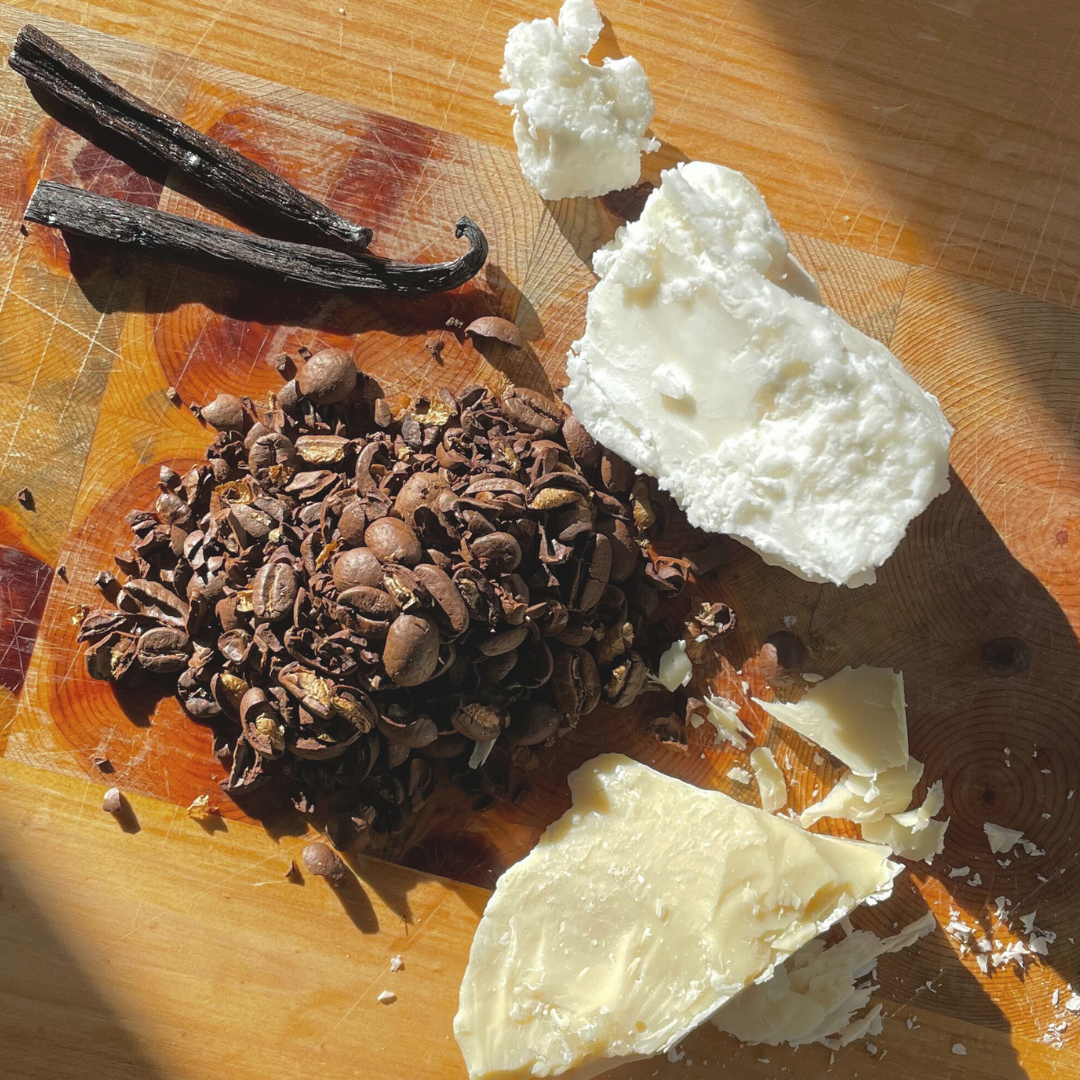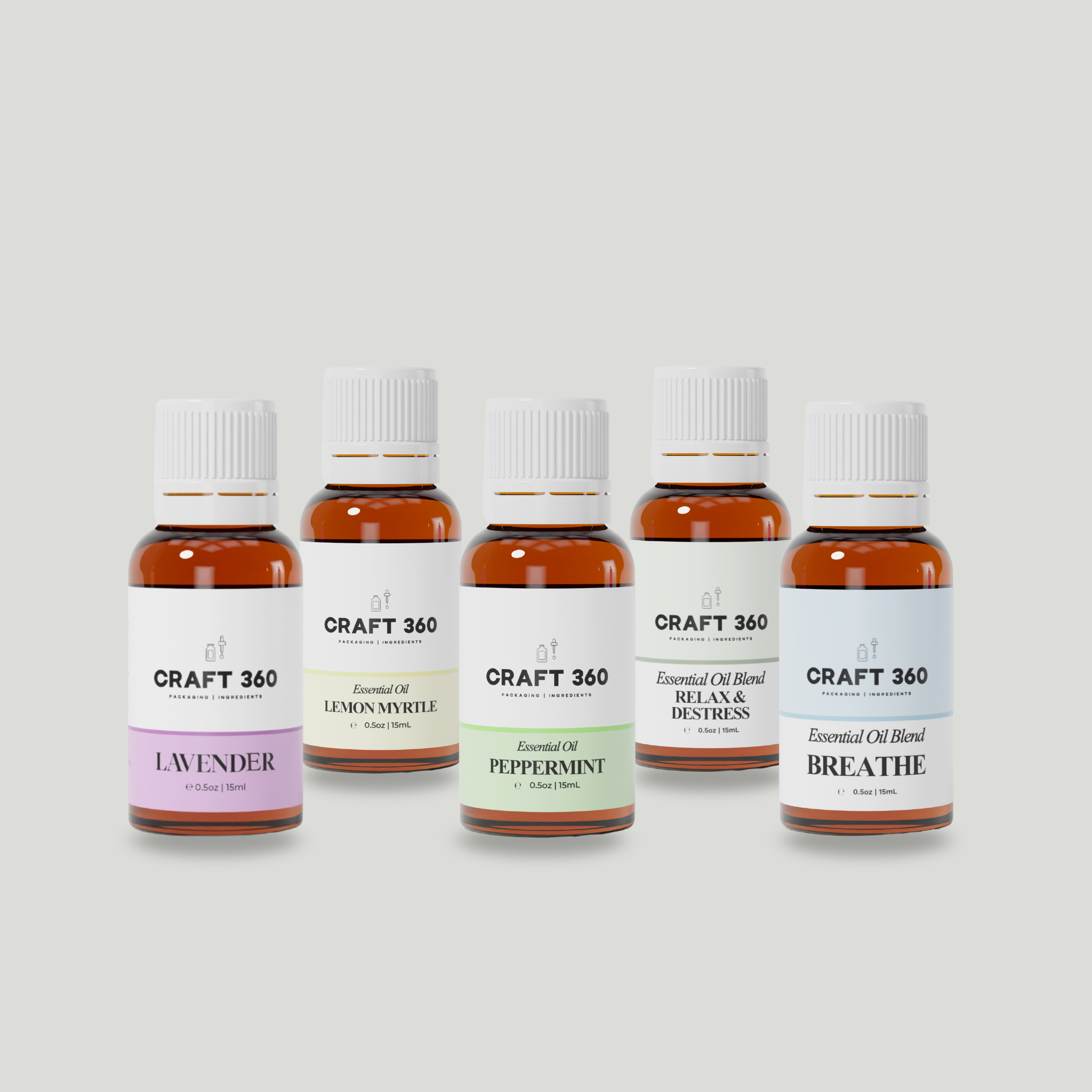14 minute read

Melt and pour soaps are where most formulators begin their journey. And there's a good reason for that. They're wonderfully simple to use, endlessly customisable, and perfect for exploring your creativity without handling lye directly.
But with so many bases available, choosing the right one can feel overwhelming. Should you go for goat's milk? Shea butter? Clear or white? Each choice will transform how your finished soap looks, feels, and performs.
Today, we're breaking down everything you need to know about melt and pour bases. We'll explore what they are, how they work, and most importantly, how to choose the perfect one for your projects.
CRAFT360’s Natural Melt & Pour bases are the result of decades of refinement — trusted by makers for their purity, performance, and low sweat technology. Let's explore. 👇
What Are Melt & Pour Soap Bases?
Think of melt and pour bases as traditional soaps with a twist. They start life just like any other soap — fats and oils are combined with sodium hydroxide through saponification.
But here's where it gets interesting. After saponification, extra glycerin is added to create those special melt-and-reset properties. This glycerin boost — often 15–25% of the final product — is what makes these bases so user-friendly.
When you see “Shea Butter Melt & Pour” on a label, that shea butter was present during saponification. It's not just stirred in afterward. This means all those lovely fatty acids from the shea butter become part of the soap's structure, influencing everything from lather quality to skin feel.
The high glycerin content does three important things:
- Creates transparency in clear bases
- Acts as a humectant, drawing moisture to your skin
- Provides those thermoplastic properties that let you melt and remould easily
This is why melt and pour soaps are often called glycerin soaps — though technically, all real soaps contain glycerin.
Why Your Base Choice Matters More Than You Think
Every base will cleanse — that's their primary job. But each one brings unique qualities to your finished product.
Some feel rich and conditioning on your skin. Others create crystal-clear bars that showcase botanicals beautifully. Some are gentler for sensitive skin types.
Your base choice affects:
- How your soap feels during use
- The type of lather it creates
- How it looks and performs over time
- Who can comfortably use it
Getting this choice right means your finished bars will perform exactly as you envision.
What Should Formulators Consider When Choosing a Base?
The Science Behind Your Selection
As a formulator, your base selection goes deeper than just aesthetics. Here's what to consider:
Fatty Acid Profile
Each base carries different fatty acids that determine cleansing strength and skin feel:
- Coconut-derived acids create abundant bubbles but can feel stripping
- Olive oil acids provide conditioning but may reduce lather
- Shea butter acids offer luxurious skin feel with stable foam

pH and Skin Compatibility
Quality bases maintain pH levels around 9–10. While this is necessary for soap stability, it's higher than your skin's natural pH of 4.5–5.5. Consider how this affects the skin barrier and whether you'll add pH-buffering ingredients. CRAFT360 Melt & Pour Soap / Cleansing Bases generally have a PH of around 8, making them milder on the skin than traditional Melt & Pour.
Glycerin Content and Climate
That beneficial glycerin also makes bases hygroscopic — they absorb moisture from air. In humid climates, this can cause:
- Surface “sweating” or moisture beading
- Texture changes during storage
- Potential quality issues over time
Tip: Adding a small amount of water during melting can really help reduce sweating. Often water content of the soap is lost when heating, so replacing this is a good idea.
Ingredient Compatibility
Think about how your base will work with additives:
- Botanical extracts may shift colours or cause cloudiness
- Essential oils can affect transparency
- Clays might alter melting characteristics
Before You Choose: Key Considerations
- Transparency Goals: Crystal-clear bars to showcase botanicals, or creamy, opaque bars with a luxurious feel?
- Skin Type Focus: Sensitive, dry, daily-use? Let your target user guide your choice.
- Climate Considerations: In humid areas, look for “low sweat” formulas or wrap finished bars in cling film.
- Design Intentions: Some bases hold colour and fragrance better than others — decide your aesthetic early.
Our Complete Base Guide: Which One's Right for You?

Goat's Milk Melt & Pour Base
What It Looks Like: Creamy, naturally opaque with a soft white colour
The Feel: Rich, dense lather that feels nourishing on skin
Best For: Dry or sensitive skin types, winter formulations
What Makes It Special: Goat's milk is naturally rich in proteins and lactic acid. These proteins create a protective film on your skin, while the lactic acid provides gentle exfoliation. The natural opacity means you won't need titanium dioxide for coverage.
Formulation Tips: Melt gently to preserve the beneficial proteins. Pairs beautifully with honey, oatmeal, or gentle botanicals like chamomile.
Aloe Vera Melt & Pour Base
What It Looks Like: Semi-translucent with a subtle green tint
The Feel: Fresh, light lather with excellent skin conditioning
Best For: Sensitive skin, summer formulations, daily use
What Makes It Special: Aloe vera contains polysaccharides that form a protective film on skin and is more skin-compatible than some traditional soap bases. Natural enzymes can enhance other botanical extracts you add.
Formulation Tips: Perfect with cooling mint, cucumber, or light citrus scents. The natural colour complements green botanicals beautifully.
Shea Butter Melt & Pour Base
What It Looks Like: Creamy white with luxurious opacity
The Feel: Rich, stable foam with exceptional skin slip
Best For: Dry skin, mature skin, luxury formulations
What Makes It Special: Shea butter contains 7–12% unsaponifiable compounds that survive the soap-making process. The high oleic acid content supports the skin barrier.
Formulation Tips: Excellent with warm vanilla, floral, or woodsy scents. Keep designs simple to highlight the creamy texture.
Manuka Honey Melt & Pour Base
What It Looks Like: Beautiful golden tone with natural warmth
The Feel: Silky, stable lather with natural viscosity
Best For: Those who like the natural character of honey in their soaps
What Makes It Special: Manuka honey brings its characteristic warmth and sweetness to the base, contributing to a distinctive look and feel.
Formulation Tips: Use minimal colourants to preserve the gorgeous honey hue. The natural sweetness pairs well with vanilla or spice scents.

Oat Milk Melt & Pour Base
What It Looks Like: Soft cream colour with natural warmth
The Feel: Gentle, low-foam profile with conditioning slip
Best For: Highly sensitive skin, baby products, simple bars
What Makes It Special: Oat milk contains beta-glucans and avenanthramides, often used for their soothing reputation. The natural saponins contribute to gentle cleansing.
Formulation Tips: Add colloidal oatmeal for extra texture. Lavender or chamomile create calming combinations.
Clear Melt & Pour Base
What It Looks Like: Crystal clear, glass-like transparency
The Feel: Clean, bubbly lather with excellent rinsability
Best For: Decorative soaps, showcasing botanicals, artistic designs
What Makes It Special: The highest glycerin content (around 20–25%) enables transparency — a blank canvas for creativity.
Formulation Tips: Most hygroscopic of all bases — wrap finished soaps well in humid climates. Water-soluble colours help maintain clarity.
Almond Milk Melt & Pour Base
What It Looks Like: Soft ivory with subtle elegance
The Feel: Gentle, creamy lather with lovely skin feel
Best For: Sensitive skin, daily use, subtle luxury
What Makes It Special: Naturally vitamin E–rich character supports stability of other ingredients.
Formulation Tips: Almond or coconut fragrances feel natural. Excellent base for gentle exfoliants like fine pumice or jojoba beads.
White Melt & Pour Base
What It Looks Like: Pure white with excellent opacity
The Feel: Classic soap lather with reliable performance
Best For: Beginners, commercial production, colour-intensive designs
What Makes It Special: Opacifiers (e.g., titanium dioxide) provide excellent coverage and colour stability. Predictable performance batch after batch.
Formulation Tips: Takes colour beautifully. Mix with clear base for interesting layered effects — a perfect foundation for learning techniques.
Hemp Melt & Pour Base
What It Looks Like: Subtle green tint with natural appeal
The Feel: Creamy, conditioning lather with unique character
Best For: Natural skincare lines, barrier-focused concepts, artisan products
What Makes It Special: Noted for omega-3 and omega-6 fatty acids that support skin barrier function.
Formulation Tips: Store carefully to prevent oxidation. Woody or herbal essential oils complement the natural character.
Castile Melt & Pour Base
What It Looks Like: Soft white, sometimes slightly translucent
The Feel: Low, creamy foam with a mild cleanse
Best For: Sensitive skin, minimalist formulations, traditional appeal
What Makes It Special: Primarily olive-oil based for gentle cleansing and conditioning.
Formulation Tips: Keep additives minimal to preserve the gentle character. Ideal for hypoallergenic concepts.
Quick Decision Guide
- For Beginners: Start with white or clear bases — they're the most forgiving
- For Luxury Feel: Choose shea butter or manuka honey
- For Sensitive Skin: Goat's milk, oat milk, or castile
- For Creative Designs: Clear base is your best friend
- For Natural Appeal: Try hemp or aloe vera
- For Daily Use: Almond milk or white base work beautifully
Making the Most of Your Chosen Base

Melting Technique
- Use gentle heat — never let your base boil. Once heated, if there is still solid/unmelted base, slowly stir to see if the heat from the melted soap will finish the job.
- Stir slowly to avoid creating bubbles
- Work in small batches for best results
Adding Extras
- Fragrance Oils / Essential Oils: 1–3% of total weight
- Colours: Start with tiny amounts — you can always add more. See our 100% Natural Colour Extract range designed for Melt & Pour Soap here.
- Botanicals: Dried materials only
Storage Success
- Wrap finished soaps in cling film immediately or store in air-tight containers.
- Store in cool, dry places
- Use within 12 months for best quality
Advanced Tips for Experienced Formulators
Blending Bases
Mix different bases to create custom properties. Try 70% shea butter base with 30% clear base for conditioning transparency.
Seasonal Adjustments
Switch bases seasonally — lighter bases for summer, richer ones for winter.
Testing Protocol
Always test new combinations on a small scale first. What works in theory doesn't always work in practice.
Troubleshooting Common Issues
Soap Sweating?
This happens when glycerin absorbs moisture from humid air. Wrap soaps immediately or consider lower-glycerin bases for humid climates.
Tip: Adding a small amount of water during melting can really help reduce sweating. Often water content of the soap is lost when heating, so replacing this is a good idea.
Cloudy Clear Base?
Usually caused by incompatible additives or overheating. Stick to water-soluble colours and gentle heating.
Poor Lather?
Some bases naturally produce less foam. This isn't necessarily bad — gentle cleansing often means less dramatic lather.
Colour Fading?
Use soap-stable colours and avoid excessive heat. Some natural colours aren't stable in soap's alkaline environment. Some colours can also fade when they come into contact with sunlight.
Looking Forward: The Future of Melt & Pour
The melt and pour category continues evolving. We're seeing more sustainable options, exotic butter bases, and innovative formulations that blur the line between soap and skincare.
Consider these emerging trends:
- Sustainability-focused bases with minimal environmental impact
- Personalised formulations that adapt to individual skin needs
- Smart ingredients that respond to skin conditions
- Packaging innovations that reduce waste
Ready to Start Creating?
Choosing the right base sets the foundation for everything that follows. Whether you're crafting your first bars or developing a commercial line, understanding these differences will help you achieve consistent, beautiful results.
All of these exceptional soap bases are available with CRAFT360. Whether you're beginning your journey or already making beautiful bars, upskill your game with our 100% naturally derived ingredients, each chosen in line with Natural Products Association (NPA) standards and verified by Ecocert's clean ingredient guidelines.
Browse our complete range of premium melt and pour bases, each selected for quality, consistency, and performance. Your perfect formulation starts with the right foundation.
Have questions about which base might work best for your project? We'd love to help you find the perfect match. Drop us a line or explore our formulation guides for more inspiration.








